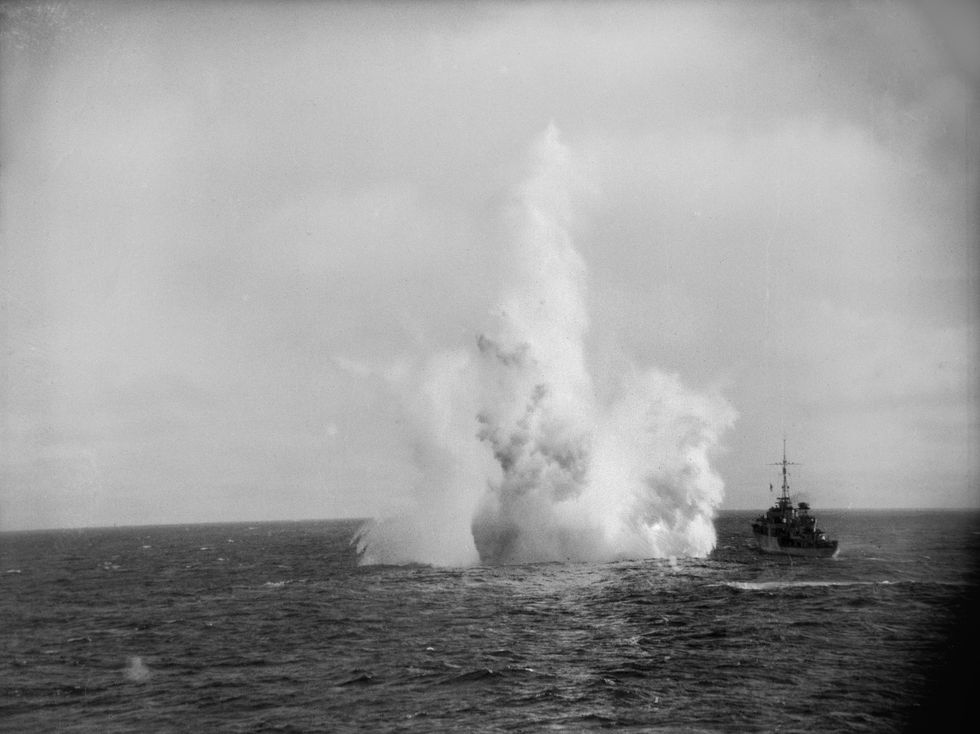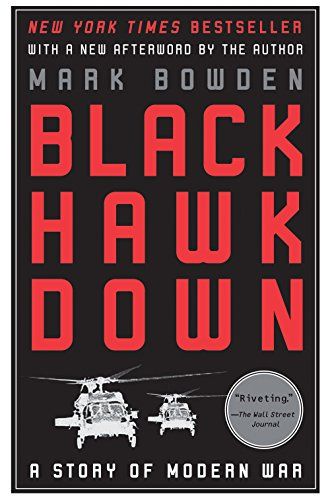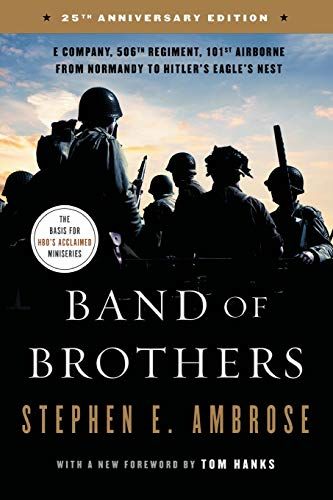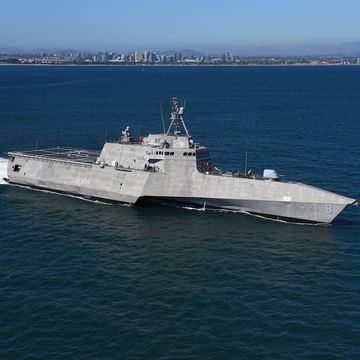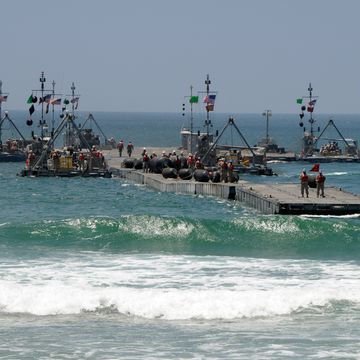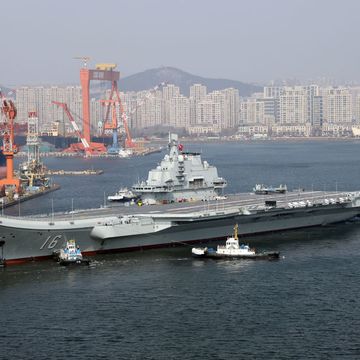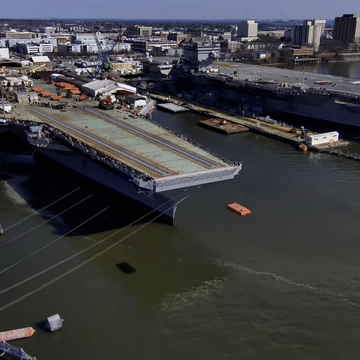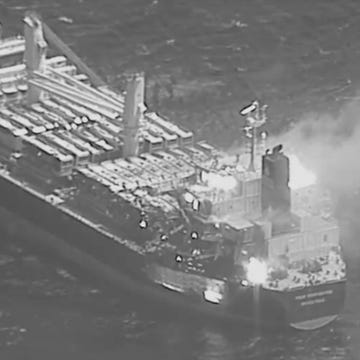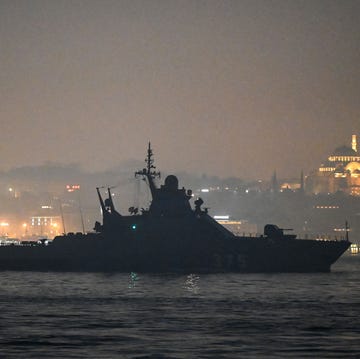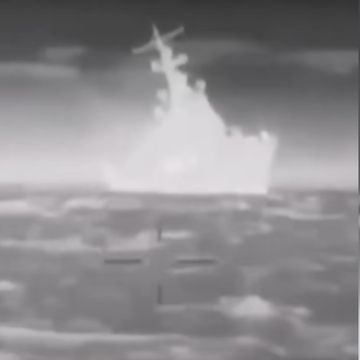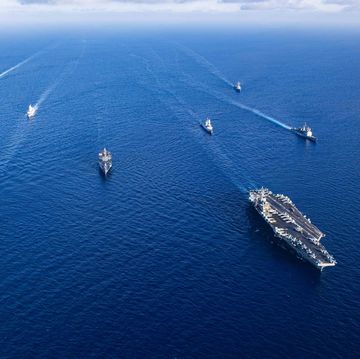- The U.S. Navy is fleshing out concepts for a new fleet of uncrewed warships.
- One likely mission for the roboships: hunting submarines.
- An inexpensive warship armed with sub-killing torpedoes could be the ideal platform for sinking enemy subs.
The U.S. Navy could use its future fleet of uncrewed warships to stalk and kill submarines. The service is planning to procure several robotic warships and is casting about trying to figure out what they’d be good at. One suggestion: using them to offensively hunt down enemy submarines, snagging them with Terminator-level efficiency and sinking them before they can pose a threat to friendly ships.
⚓️ You love badass ships and subs. So do we. Let's nerd out over them together.
The Navy is in the process of issuing contracts for up to 40 medium unmanned surface vehicles (MUSVs). The service thinks its “ghost fleet” could help solve the problem of expensive, manned warships, doing the same job for much less money. This could boost the service’s overall ship numbers, making more ships available for both peace and war.
The problem? Nobody has ever given a real job to an uncrewed warship before, and the Navy must grapple with what missions to assign it. A robotic warship is surely better at something than a ship with humans on it, but what? Anti-submarine warfare, Breaking Defense reports, could be the answer.
Anti-submarine warfare (ASW) involves detecting, tracking, and sinking enemy submarines. Sub chasers typically listen for telltale signs of submarines, such as the sounds of propellers, machinery noise, or the unique sound of water as it slips past a submarine’s hull. They can also spot submarines by noting eccentricities in Earth’s local magnetic field created by the sub’s steel hull.
Once anti-sub forces detect a possible submarine, they can then blast the waters below with screeching sonar “pings” designed to fix its location. Finally, a homing torpedo dropped by helicopter or surface ship sends the enemy sub to the bottom of the ocean.
ASW is heavily procedural, often involving waiting days, weeks, or even months for a possible enemy submarine contact. ASW can involve long periods of drudgery, punctuated by moments of excitement, thus earning it the nickname “Awfully Slow Warfare.” One think tank, the Hudson Institute, says the Navy should hand over the ASW mission to uncrewed warships.
Anti-submarine warfare is typically defensive in nature, as escorting ships and aircraft work to protect convoys of ships laden with troops and supplies. While necessary work, this surrenders the initiative and results in a handful of sub-hunting guardians, sometimes fending off multiple submarines. The recent film Greyhound does a good job depicting this, as skipper Tom Hanks agonizes about sending his handful of Allied destroyers to investigate possible submarine contacts, contacts that could be a wild goose chase ... or a German U-boat.
The Best Military History Books
Robots, with virtually unlimited patience and endurance, would allow anti-submarine forces to take the offensive. Robots could prosecute their lonely war 24/7, in the worst sea and weather conditions. Even better, a networked flotilla of MUSVs could work together like a wolfpack, surrounding a possible submarine contact and then coordinating an attack plan. The result is enemy submarines intercepted before they can become threats to high value surface targets like aircraft carriers and amphibious ships, as well as friendly convoys.
Robotic submarine killers could be an efficient, inexpensive way to deal with an unpleasant slice of war at sea. Then again, uncrewed warships could become a major disappointment to the Navy, as technological shortcomings become apparent during their development.
The Navy’s effort to roboticize mine-hunting—similar to sub-hunting, except with stationary targets—dragged on for nearly a decade before producing a useful mine-hunting robot. Moving, human-directed targets will be an order of magnitude more difficult to find, fix, and finish than sea mines.

Kyle Mizokami is a writer on defense and security issues and has been at Popular Mechanics since 2015. If it involves explosions or projectiles, he's generally in favor of it. Kyle’s articles have appeared at The Daily Beast, U.S. Naval Institute News, The Diplomat, Foreign Policy, Combat Aircraft Monthly, VICE News, and others. He lives in San Francisco.


